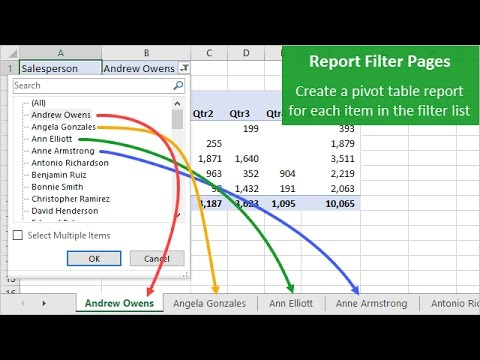Before you can create multiple pivot charts on the same sheet, you need to have multiple pivot tables set up in your Excel spreadsheet. To do this, select the data range you want to use for each pivot table and go to the “Insert” tab on the Excel ribbon. Click on “PivotTable” and choose where you want the pivot table to be placed (either on a new worksheet or an existing one).
Repeat this process for each set of data you want to create a pivot chart for. Make sure each pivot table is based on a different data range to ensure that the charts will be unique and represent different data sets.
Multiple Pivot Charts On Same Sheet
Step 2: Create Pivot Charts
Once you have your pivot tables set up, you can create pivot charts based on each table. Click on the pivot table you want to create a chart for, then go to the “Insert” tab on the Excel ribbon and click on “PivotChart”. Choose the type of chart you want to create (such as a bar chart, line chart, or pie chart) and customize it to your liking.
Repeat this process for each pivot table you have set up. You can resize and move the charts around on the sheet to organize them in a visually appealing way. This allows you to compare data from multiple sources on the same sheet and gain insights at a glance.
Benefits of Using Multiple Pivot Charts
Creating multiple pivot charts on the same sheet allows you to compare and analyze data from different perspectives easily. This can help you identify trends, patterns, and outliers more effectively than looking at each chart individually or in separate sheets. By having all the charts in one place, you can also save time and streamline your data analysis process.
Additionally, having multiple pivot charts on the same sheet makes it easier to present your findings to others, as you can provide a comprehensive overview of the data in a visually appealing format. This can be especially useful in presentations, reports, or meetings where you need to communicate complex data in a clear and concise manner.
